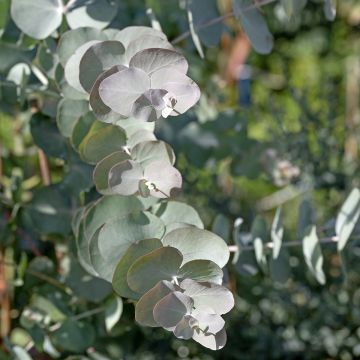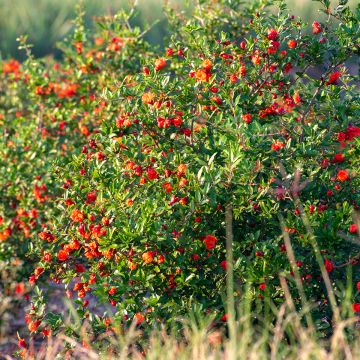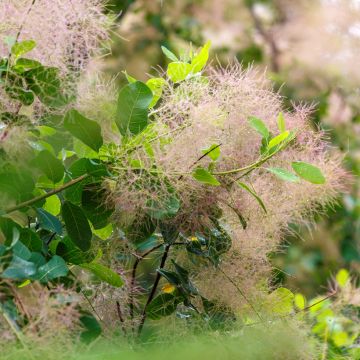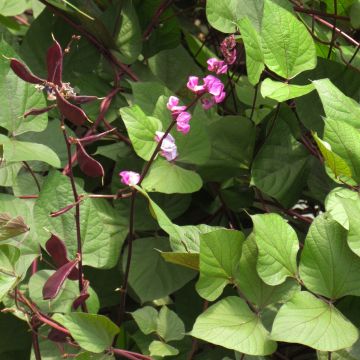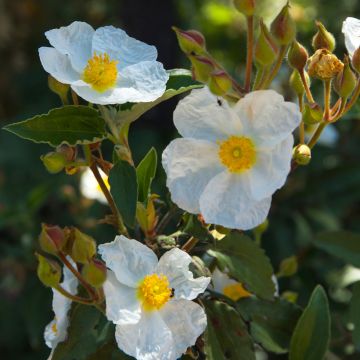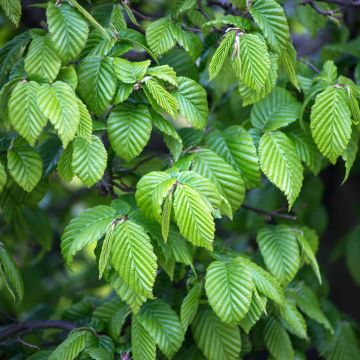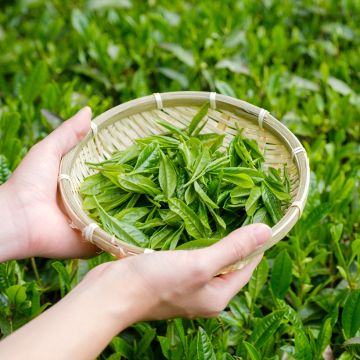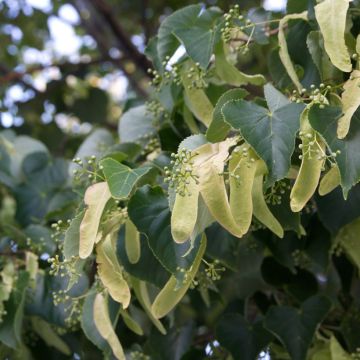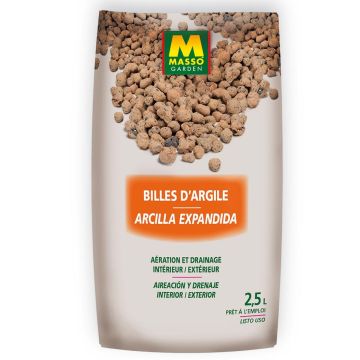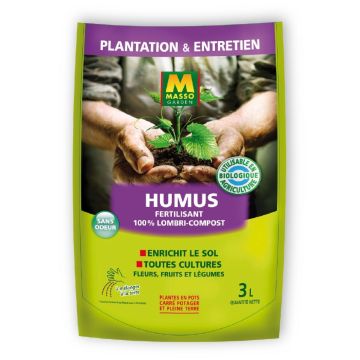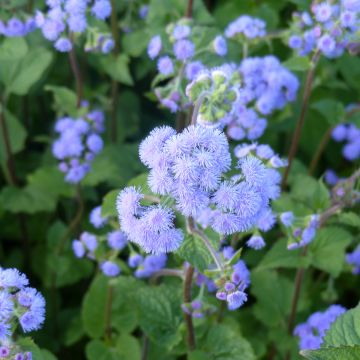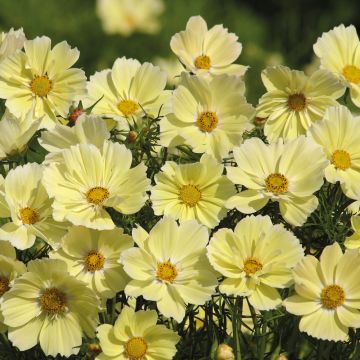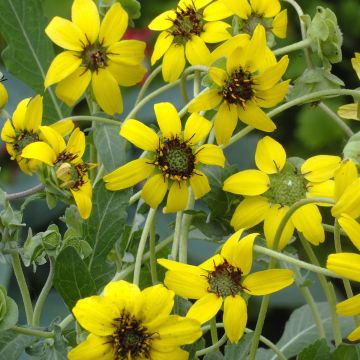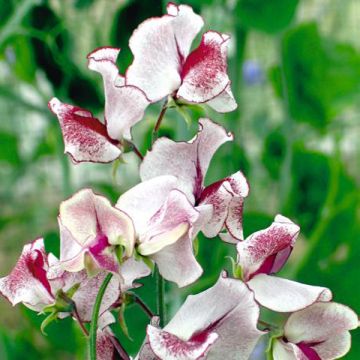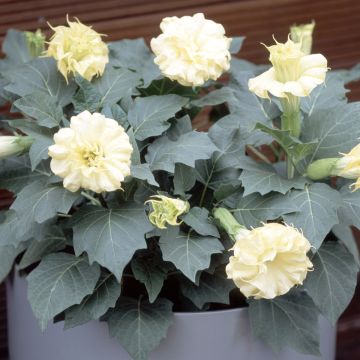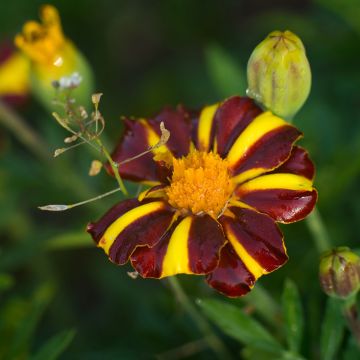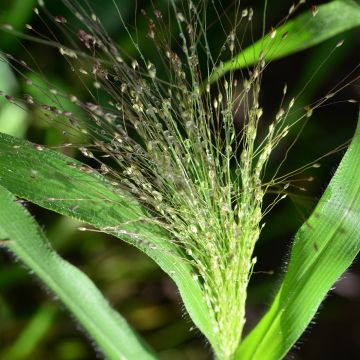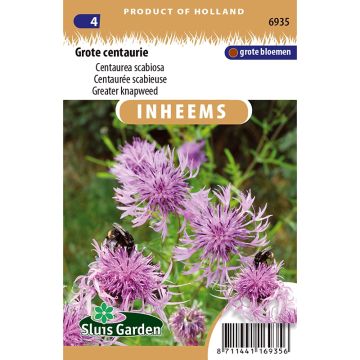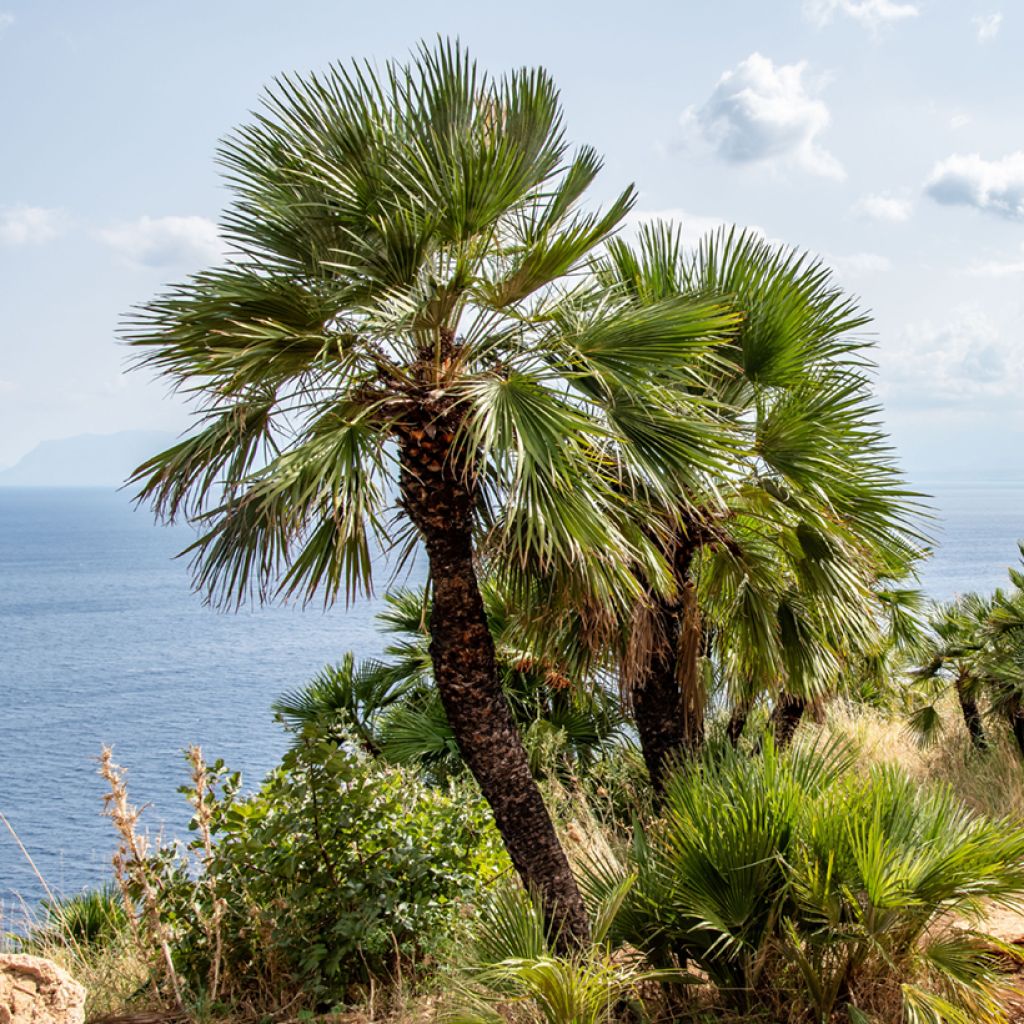

Chamaerops humilis - Dwarf fan palm
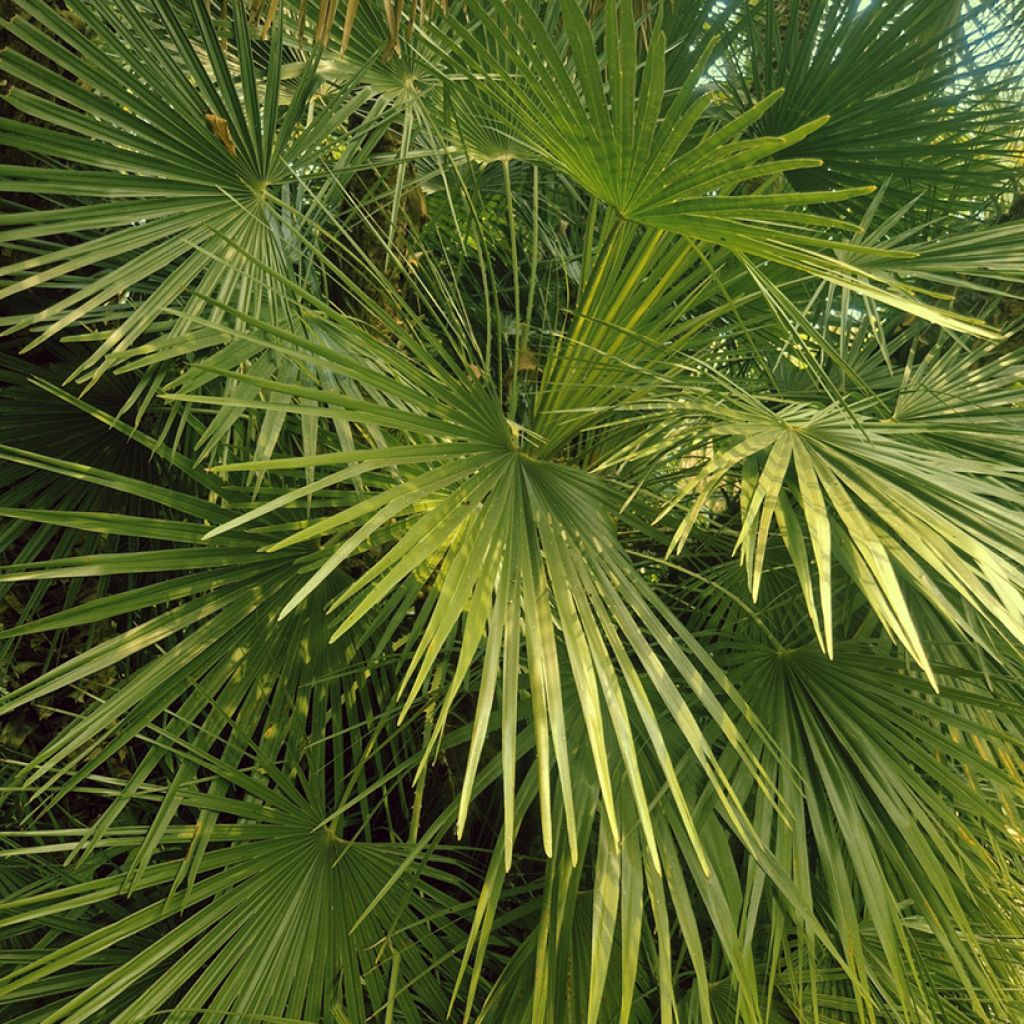

Chamaerops humilis - Dwarf fan palm
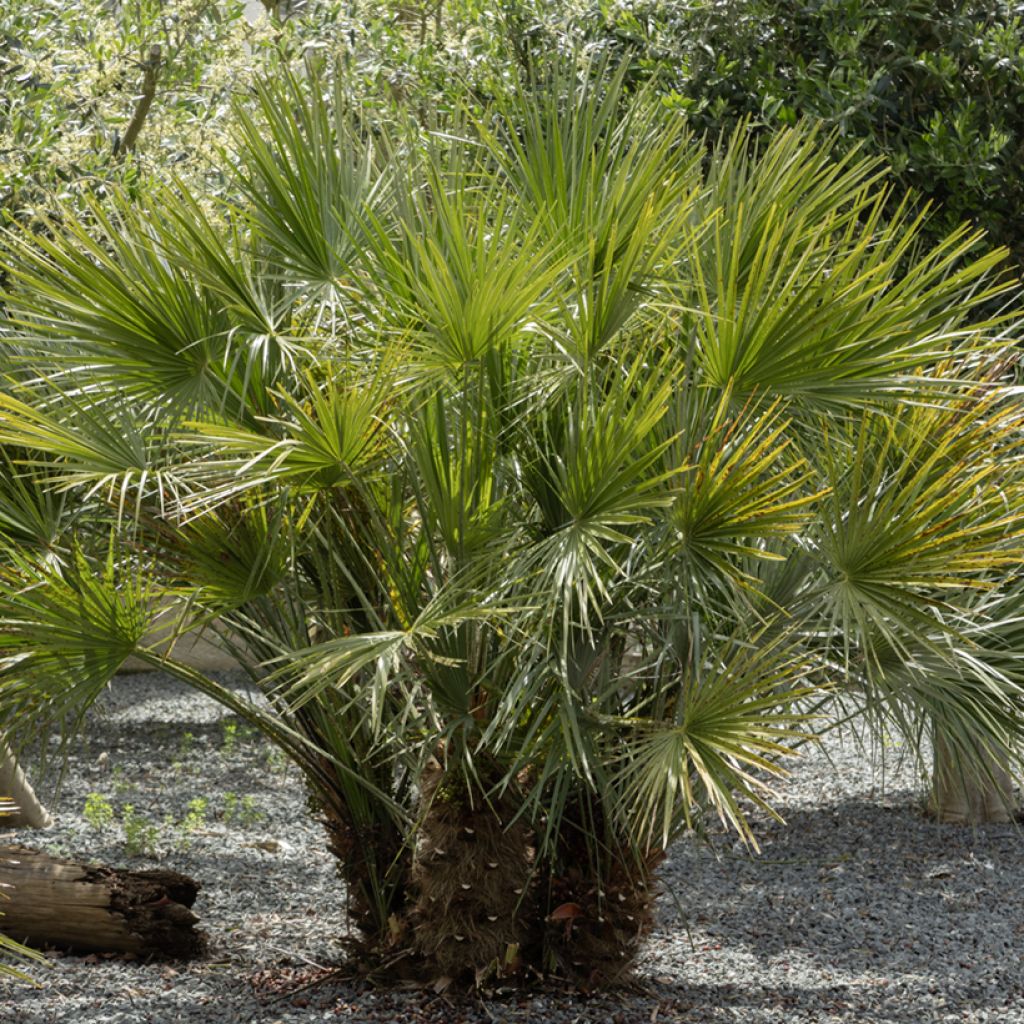

Chamaerops humilis - Dwarf fan palm
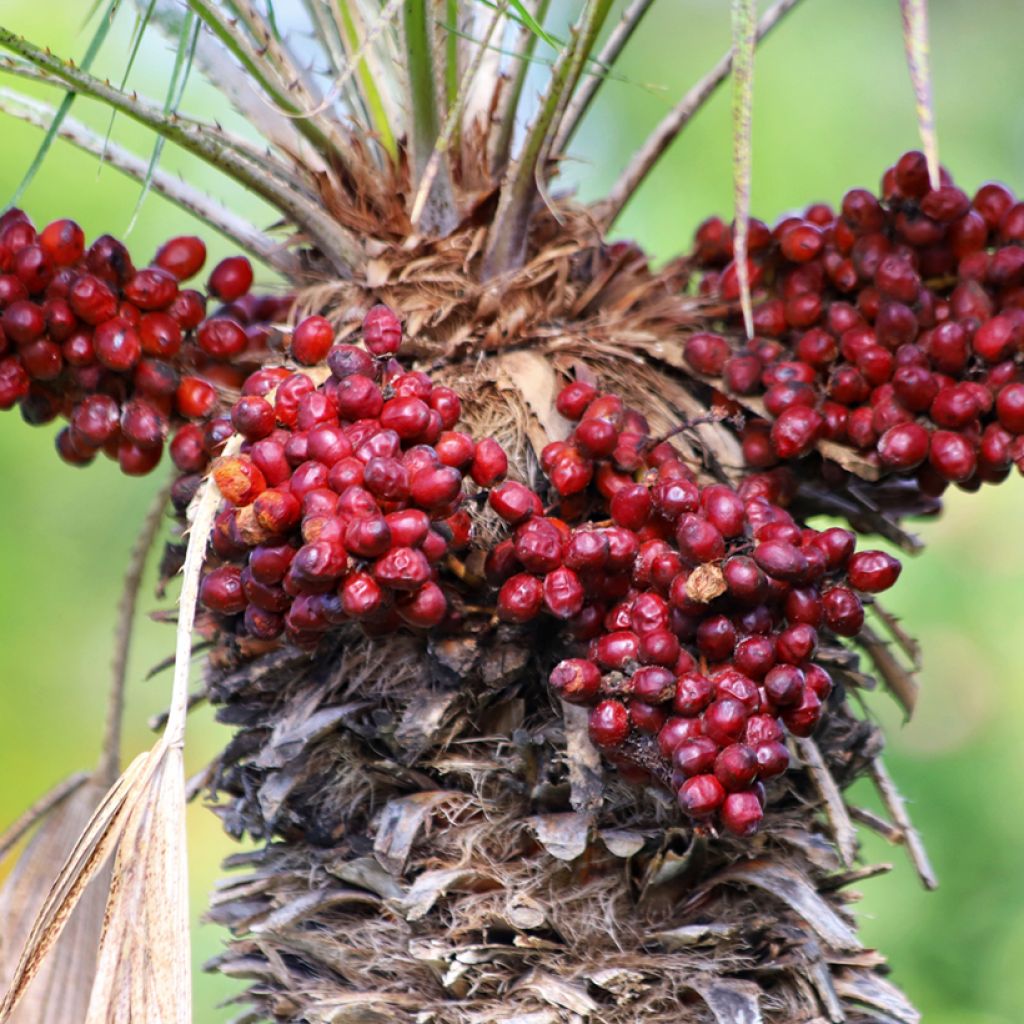

Chamaerops humilis - Dwarf fan palm
Chamaerops humilis - Dwarf fan palm
Chamaerops humilis
Dwarf fan palm
Special offer!
Receive a €20 voucher for any order over €90 (excluding delivery costs, credit notes, and plastic-free options)!
1- Add your favorite plants to your cart.
2- Once you have reached €90, confirm your order (you can even choose the delivery date!).
3- As soon as your order is shipped, you will receive an email containing your voucher code, valid for 3 months (90 days).
Your voucher is unique and can only be used once, for any order with a minimum value of €20, excluding delivery costs.
Can be combined with other current offers, non-divisible and non-refundable.
Home or relay delivery (depending on size and destination)
Schedule delivery date,
and select date in basket
This plant carries a 6 months recovery warranty
More information
We guarantee the quality of our plants for a full growing cycle, and will replace at our expense any plant that fails to recover under normal climatic and planting conditions.
Would this plant suit my garden?
Set up your Plantfit profile →
Description
Chamaerops humilis, the Dwarf Fan Palm or Mediterranean Fan Palm, is the only palm native to Europe. It grows naturally along Mediterranean coasts, mainly on dry, calcareous soils. Its compact, bushy habit makes it ideal for container cultivation or in small gardens. It develops a fibrous trunk, from which multiple stems bearing fan-shaped leaves emerge. It is undemanding, tolerating drought, salt spray, and poor soils well. While not the most spectacular of palms, it possesses an exotic charm and stands out for its hardiness and ease of cultivation in temperate climates.
A slow-growing shrubby plant belonging to the Arecaceae family, Chamaerops humilis is highly prized as an ornamental plant. It has the northernmost range of all palms. It thrives naturally in dry habitats, on sandy or rocky soils, both by the sea and at higher altitudes, where it may occasionally endure snow and cool winter temperatures. In poor soils, this palm often remains modest in size, with little or no trunk, whereas in fertile soil, it develops lush foliage, becoming a true giant. It produces multiple stems from a single base, forming a dense bush with an arching, spreading habit. At maturity, it reaches 4m in height with a spread of about 2m, much less when grown in containers. Its brown, fibrous "trunks" can reach 25cm in diameter in older specimens. Its elegant fan-shaped leaves measure up to 45cm long and consist of thin, stiff segments, bright green on top and silvery underneath. This plant is generally dioecious, meaning male and female individuals are separate, though some exceptions exist. Flowering occurs in late spring, from June to July. The flowers are borne on short, dense inflorescences at the stem tips, between the leaves. The inflorescences measure about 15cm long and are branched up to two orders. The unisex flowers are often yellow. The fruits produced by female plants (with male plants present) are spherical to oblong drupes, 1 to 1.5cm in diameter. They turn reddish-brown at maturity and have fibrous, inedible flesh. Sowing is a possible propagation method, but it requires pre-soaking the seeds and consistent warmth to stimulate germination, which may take several months.
This dwarf palm is, along with Trachycarpus fortunei, one of the easiest to acclimate in many regions. In the ground, it looks stunning as a specimen plant, near a pool, or combined with banana plants or yuccas, for an exotic-inspired setting. However, it truly shines in dry gardens or large rockeries, where it adapts perfectly to arid conditions. In contemporary gardens, it stands out beautifully against a backdrop of white pebbles. It also makes a superb specimen for patios or balconies when grown in large containers.
Report an error about the product description
Chamaerops humilis - Dwarf fan palm in pictures






Flowering
Foliage
Plant habit
Botanical data
Chamaerops
humilis
Arecaceae
Dwarf fan palm
Chamaerops humilis var. elegans
Southern Europe, Mediterranean, North Africa
Other Tree seeds
View all →Planting and care
Sowing Chamaerops humilis, or dwarf palm, is a common propagation method, although germination can be slow and irregular.
Before sowing, it is recommended to soak the seeds in lukewarm water for 48 to 72 hours to soften their hard casing and improve water absorption. A light scarification by rubbing the seed surface with fine sandpaper can also speed up germination, although this step is optional.
Sow in a light, well-draining substrate, such as an equal mix of peat and sand. The seeds should be buried about 1 cm deep and lightly pressed down. To maximise success, they should be placed in a warm environment with a stable temperature between 25 and 30°C. A heated propagator can be useful to maintain these conditions. It is essential to keep the substrate moist but not waterlogged, watering regularly.
Germination can take between 1 and 3 months, or even longer. Once the young shoots appear, they should be placed in a bright spot, protected from direct sunlight. When they develop several leaves, they can be transplanted individually into larger pots with a similar substrate.
The dwarf palm's growth is slow, and it will take several years before the young plants reach a significant size. However, this propagation method produces specimens well-adapted to their growing environment.
Sowing period
Intended location
This item has not been reviewed yet - be the first to leave a review about it.
Similar products
Haven't found what you were looking for?
Hardiness is the lowest winter temperature a plant can endure without suffering serious damage or even dying. However, hardiness is affected by location (a sheltered area, such as a patio), protection (winter cover) and soil type (hardiness is improved by well-drained soil).

Photo Sharing Terms & Conditions
In order to encourage gardeners to interact and share their experiences, Promesse de fleurs offers various media enabling content to be uploaded onto its Site - in particular via the ‘Photo sharing’ module.
The User agrees to refrain from:
- Posting any content that is illegal, prejudicial, insulting, racist, inciteful to hatred, revisionist, contrary to public decency, that infringes on privacy or on the privacy rights of third parties, in particular the publicity rights of persons and goods, intellectual property rights, or the right to privacy.
- Submitting content on behalf of a third party;
- Impersonate the identity of a third party and/or publish any personal information about a third party;
In general, the User undertakes to refrain from any unethical behaviour.
All Content (in particular text, comments, files, images, photos, videos, creative works, etc.), which may be subject to property or intellectual property rights, image or other private rights, shall remain the property of the User, subject to the limited rights granted by the terms of the licence granted by Promesse de fleurs as stated below. Users are at liberty to publish or not to publish such Content on the Site, notably via the ‘Photo Sharing’ facility, and accept that this Content shall be made public and freely accessible, notably on the Internet.
Users further acknowledge, undertake to have ,and guarantee that they hold all necessary rights and permissions to publish such material on the Site, in particular with regard to the legislation in force pertaining to any privacy, property, intellectual property, image, or contractual rights, or rights of any other nature. By publishing such Content on the Site, Users acknowledge accepting full liability as publishers of the Content within the meaning of the law, and grant Promesse de fleurs, free of charge, an inclusive, worldwide licence for the said Content for the entire duration of its publication, including all reproduction, representation, up/downloading, displaying, performing, transmission, and storage rights.
Users also grant permission for their name to be linked to the Content and accept that this link may not always be made available.
By engaging in posting material, Users consent to their Content becoming automatically accessible on the Internet, in particular on other sites and/or blogs and/or web pages of the Promesse de fleurs site, including in particular social pages and the Promesse de fleurs catalogue.
Users may secure the removal of entrusted content free of charge by issuing a simple request via our contact form.
The flowering period indicated on our website applies to countries and regions located in USDA zone 8 (France, the United Kingdom, Ireland, the Netherlands, etc.)
It will vary according to where you live:
- In zones 9 to 10 (Italy, Spain, Greece, etc.), flowering will occur about 2 to 4 weeks earlier.
- In zones 6 to 7 (Germany, Poland, Slovenia, and lower mountainous regions), flowering will be delayed by 2 to 3 weeks.
- In zone 5 (Central Europe, Scandinavia), blooming will be delayed by 3 to 5 weeks.
In temperate climates, pruning of spring-flowering shrubs (forsythia, spireas, etc.) should be done just after flowering.
Pruning of summer-flowering shrubs (Indian Lilac, Perovskia, etc.) can be done in winter or spring.
In cold regions as well as with frost-sensitive plants, avoid pruning too early when severe frosts may still occur.
The planting period indicated on our website applies to countries and regions located in USDA zone 8 (France, United Kingdom, Ireland, Netherlands).
It will vary according to where you live:
- In Mediterranean zones (Marseille, Madrid, Milan, etc.), autumn and winter are the best planting periods.
- In continental zones (Strasbourg, Munich, Vienna, etc.), delay planting by 2 to 3 weeks in spring and bring it forward by 2 to 4 weeks in autumn.
- In mountainous regions (the Alps, Pyrenees, Carpathians, etc.), it is best to plant in late spring (May-June) or late summer (August-September).
The harvesting period indicated on our website applies to countries and regions in USDA zone 8 (France, England, Ireland, the Netherlands).
In colder areas (Scandinavia, Poland, Austria...) fruit and vegetable harvests are likely to be delayed by 3-4 weeks.
In warmer areas (Italy, Spain, Greece, etc.), harvesting will probably take place earlier, depending on weather conditions.
The sowing periods indicated on our website apply to countries and regions within USDA Zone 8 (France, UK, Ireland, Netherlands).
In colder areas (Scandinavia, Poland, Austria...), delay any outdoor sowing by 3-4 weeks, or sow under glass.
In warmer climes (Italy, Spain, Greece, etc.), bring outdoor sowing forward by a few weeks.






























